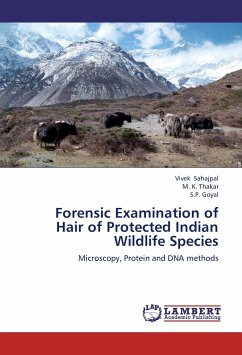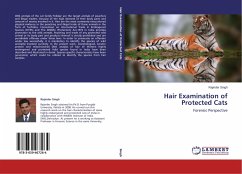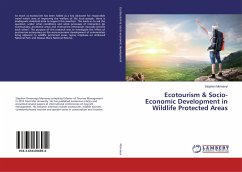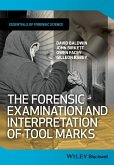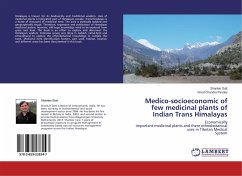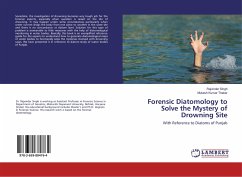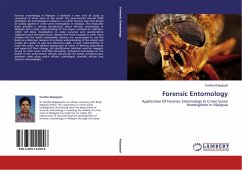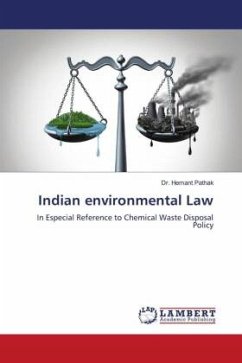India has been identified as one of the twelve mega-biodiversity nations of the world. In India, wildlife is protected under the Wildlife (Protection) Act-1972 and India is also a party to Convention on International Trade in Endangered Species (CITES). However, despite such good legislation, poaching has increased over the years, decimating the populations of wild animals. This is attributed to the lack of adequate species identification techniques and data base that can be used to identify species from confiscated items. Thus most of the wildlife offence cases fail in court of law. Hair is found invariably in poaching cases related to mammals and the value of hair evidence is well acknowledged in forensic analysis. An attempt was made to fill the aforesaid lacuna and the present study was undertaken to characterise hair of Artiodactyl (Bovids and Cervids) species listed under Schedule-I of Wildlife (Protection) Act-1972, through microscopy, Keratin profiling and mitochondrial DNA analysis. The findings of the microscopic examination, keratin and DNA analysis will help immensely in identification of species from exhibits of wildlife offence cases
Bitte wählen Sie Ihr Anliegen aus.
Rechnungen
Retourenschein anfordern
Bestellstatus
Storno

